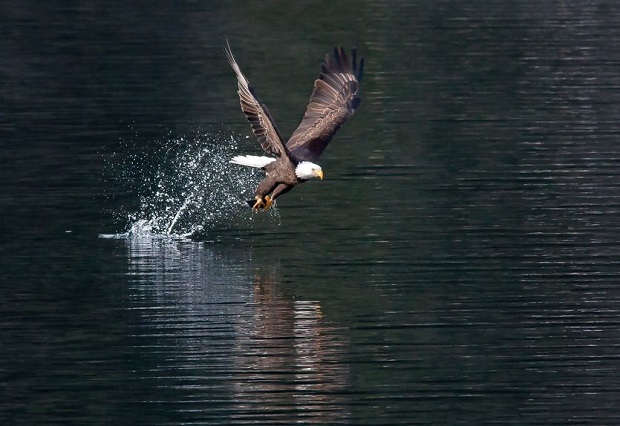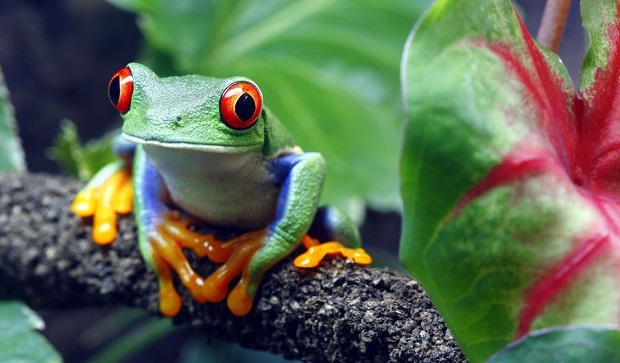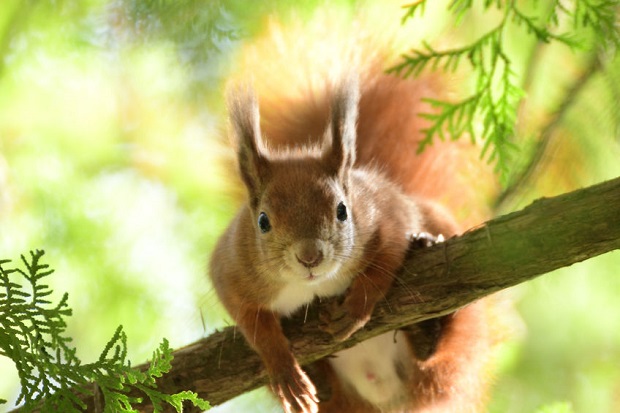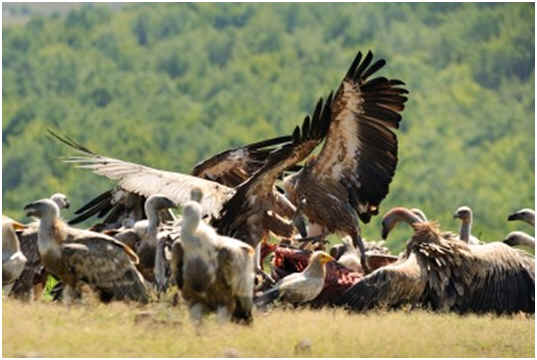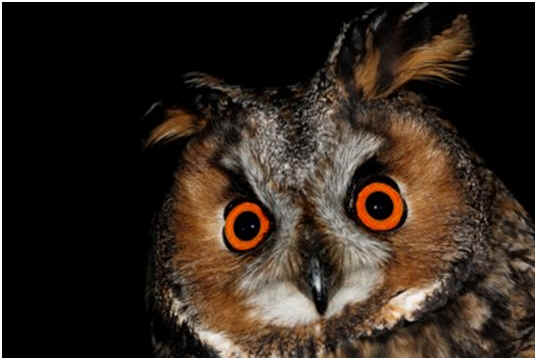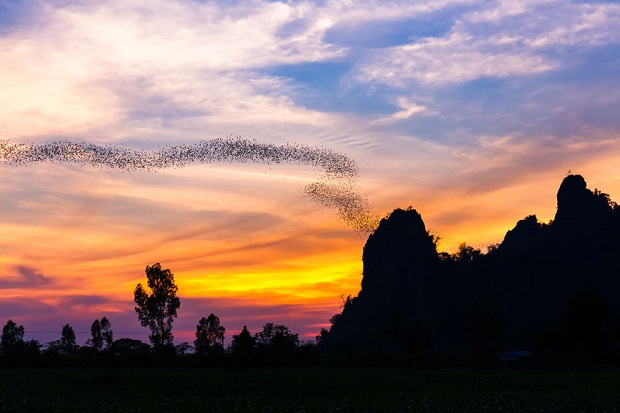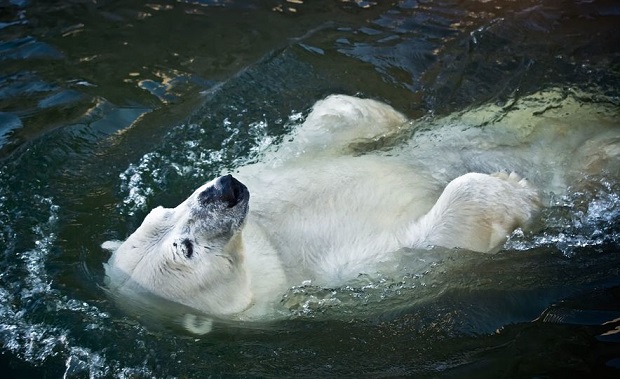
Can Bears Swim?
All species of bears can swim, and all enjoy the water. Bears often swim to cool off, hunt for food, or simply get to the other side. For polar bears, swimming is a means of survival. These powerful swimmers can travel hundreds of miles through the water at speeds of up to 6.2 mph.
Bears Swim for Pleasure
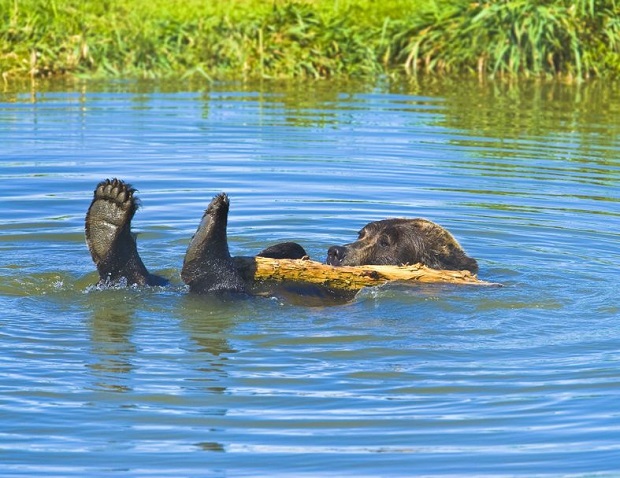
Bears love to swim and often take to the water to cool off and play. Even young cubs will splash in the water without fear.
Bears Swim for Food
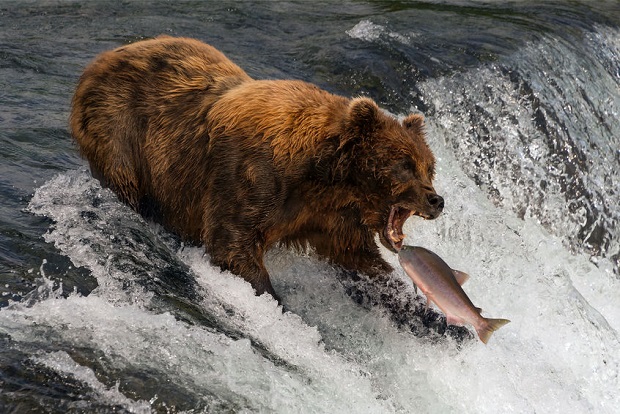
Bears love to eat fish and employ many fishing methods to capture their next meal. The most well-known tactic is used by bears fishing for salmon spawning upstream. The bears will wade into the water and wait patiently until a salmon jumps out of the water. They quickly grab it with their mouths.
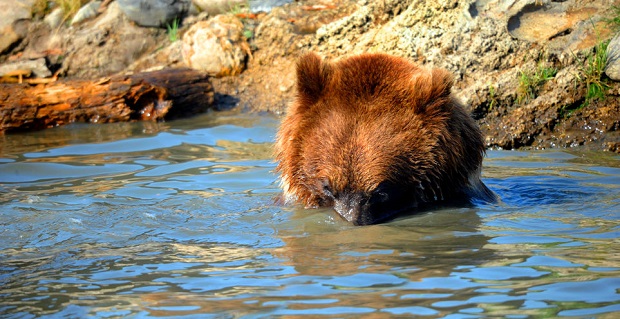
Another hunting tactic that involves swimming is the snorkeling technique. Bears will sit in the water and submerge their faces just enough to see any fish that are swimming in the area.
Bears Swim to Get to the Other Side
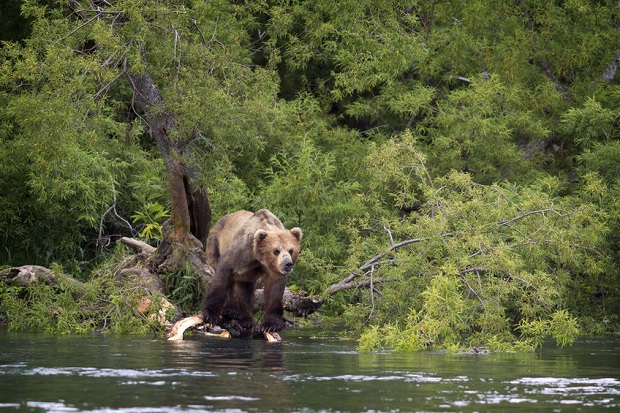
Bears also swim to travel. Bears will commonly take to the water to travel to the opposite side of a lake. Wildlife officials in Montana fit a grizzly bear with a satellite collar after she was removed from a camp on a lake. They moved her to a more remote location, but she quickly found her way back to the lake. Over the course of a year, she made several lengthy trips across the lake to various locations, one such journey was over 7 miles.
Polar Bears Are Phenomenal Swimmers
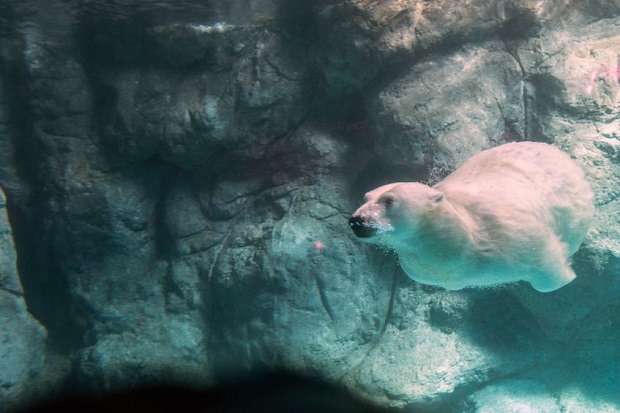
Polar bears are by far the strongest swimmers among bears. According to Seaworld, these powerful swimmers can gain speeds up to 6.2 mph. They usually make shallow dives and can remain submerged for more than a minute. Though it is not yet known officially how long a polar bear can remain submerged underwater, the longest recorded dive so far was a little more than three minutes without coming up for air.
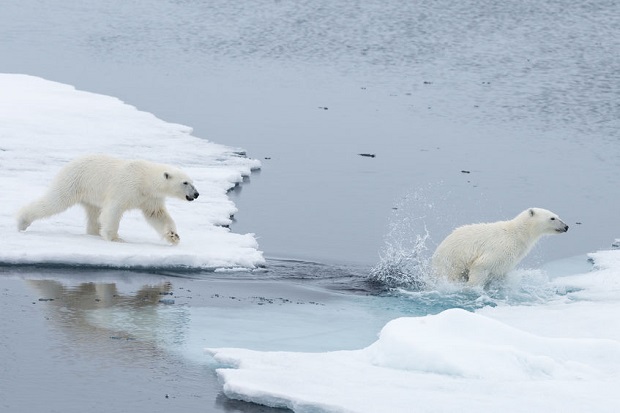
Polar bears use this swimming ability to travel and hunt prey. In a study in Alaska, 62 female polar bears were fitted with satellite collars, and researchers observed 50 long-distance swims with an average distance of 96 miles. The bears generally did not rest or pause to eat. The longest recorded swim distance to date is an astonishing 426 miles straight!
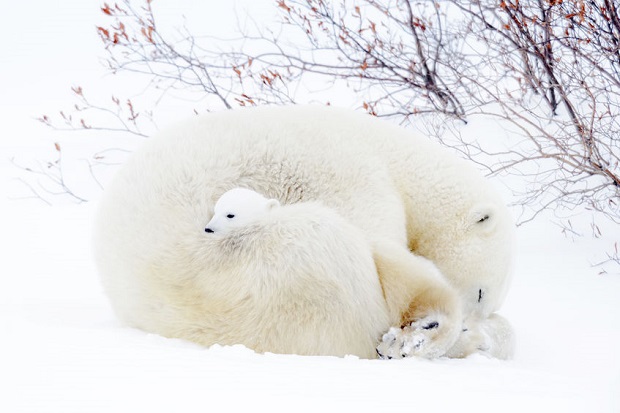
Some of the female polar bears had cubs, which were also observed making longer swims. But unfortunately, four of the ten mothers that had cubs follow them on their long journeys lost them along the way. Six were able to make the journey with their mothers.
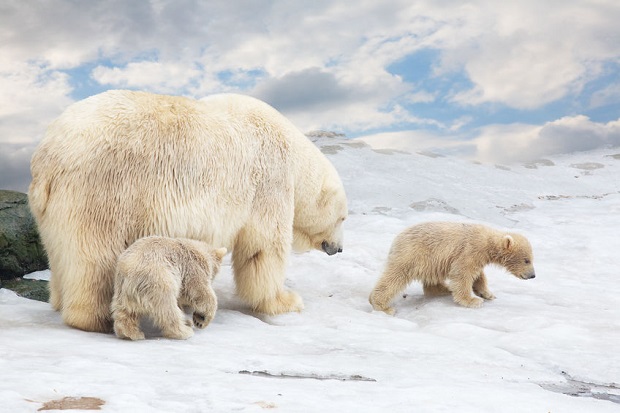
The changes in arctic sea levels are making swimming necessary for some polar bear populations, and scientists do not know how that will affect their health or survival rate. Swimming is tiring for all species of bears, including polar bears.
Resources
- National Park Service – Katmai National Park & Preserve Alaska – “Brown Bear Frequently Asked Questions”
- The Billings Gazette – “Swimming grizzly makes lengthy trips across Flathead Lake”
- Seaworld – “Polar Bears – Adaptations”
- Polar Bears International – “Longest Known Underwater Dive by a Polar Bear”
- Pagano, AM. “Long-distance swimming by polar bears (Ursus maritimus) of the southern Beaufort Sea during years of extensive open water”. Canadian Journal of Zoology. 2012. 90(5):663-676
